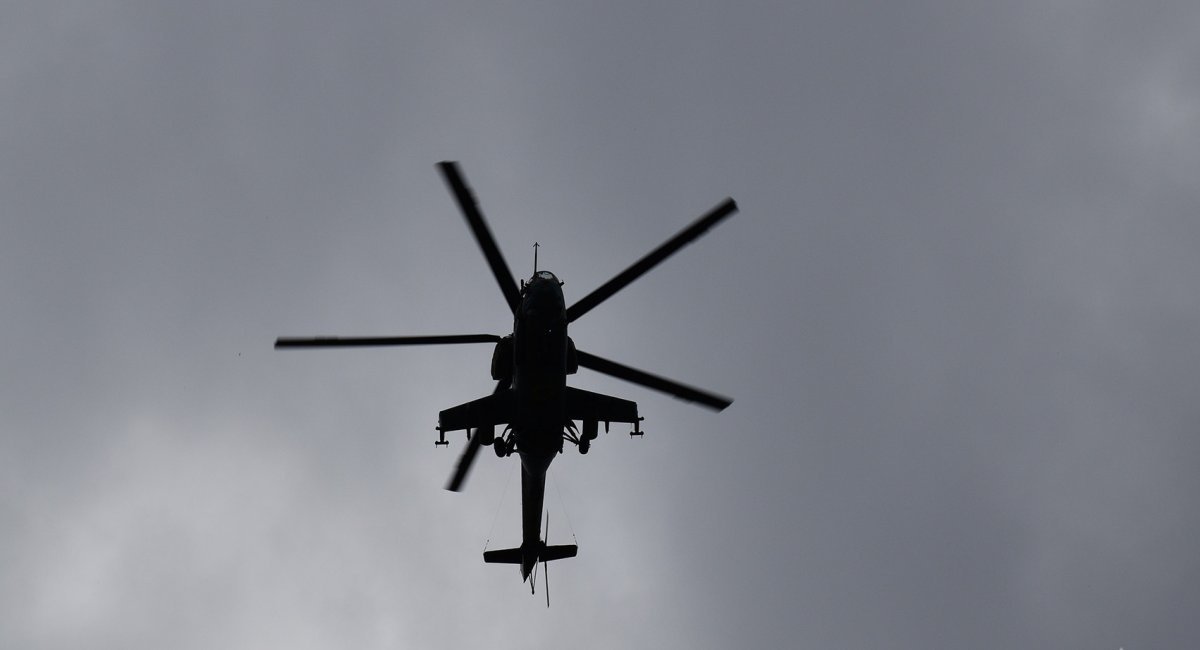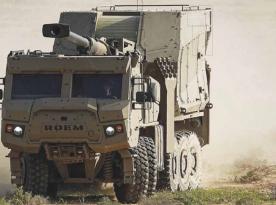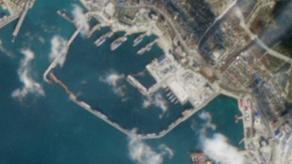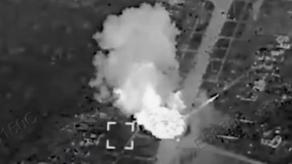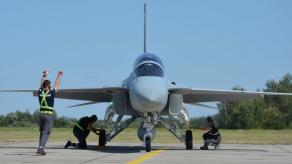Helicopters of the Mi-24V type donated by the Czech Republic to the Armed Forces of Ukraine were adapted in order to fire Hydra-70 guided rockets, as could be seen in the video published the other day on social media, The Eurasian Times reported.
The main element of the modification was the M261 rocket pod with 19 tubes attached to the rotorcraft via a special adapted connected to a standard Mi-24V pylon. There was no data on any additional enhancements made to enable firing of those rockets.
Read more: Pickups with APKWS Were Created for Ukraine’s Army to Counter UAVs, But Are Used as Light High-Precision MLRS
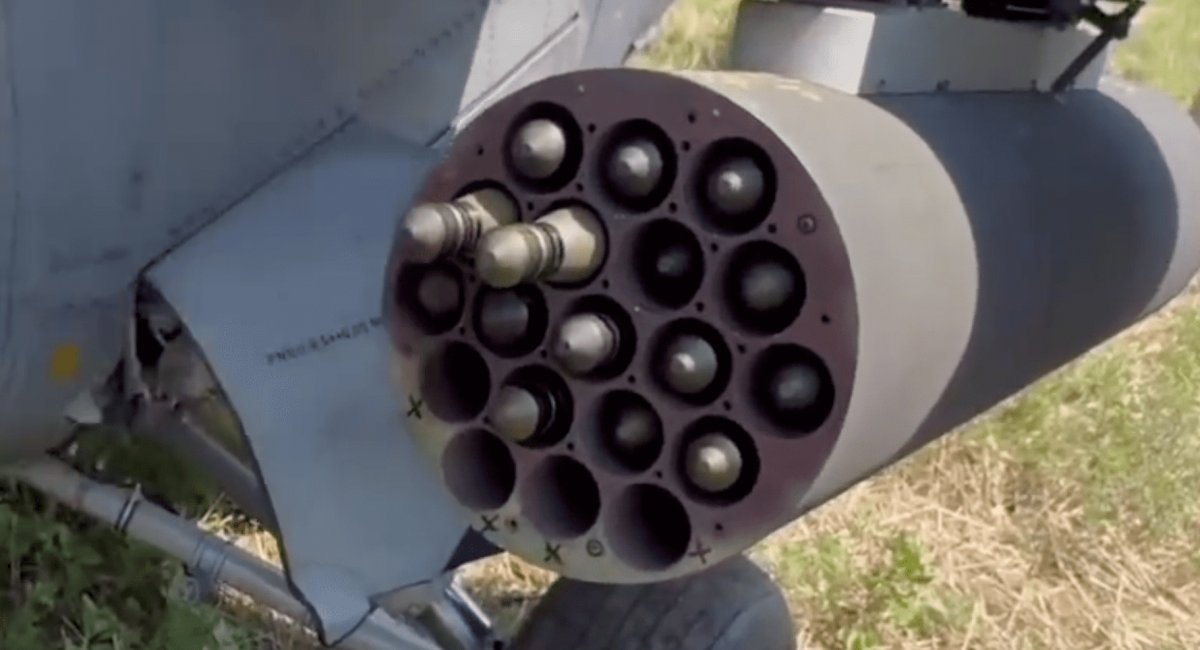
But what's more interesting is that the same adapters apparently support not just Hydra-70 alone but APKWS laser-guided rockets, too. Especially since APKWS is basically a guided variant of the same Hydra-70, and the Ukrainian Armed Forces already have on-ground launchers for firing them in a manner of precision-guided rocket artillery.
The US military has already sent over 10,000 Hydra-70 rockets and an unspecified number of their guided version APKWS, plus more of the latter arrived from Germany. Taking that into account, it would be logical to assume the next step is to adapt Ukrainian aircraft so that not only pickups can deploy those rockets but aviation as well. Even if making just a small number of experimental adapters could take much time and effort.
And the best carrier for this weapon would be the Mi-24, there are several purely empirical reasons for that.
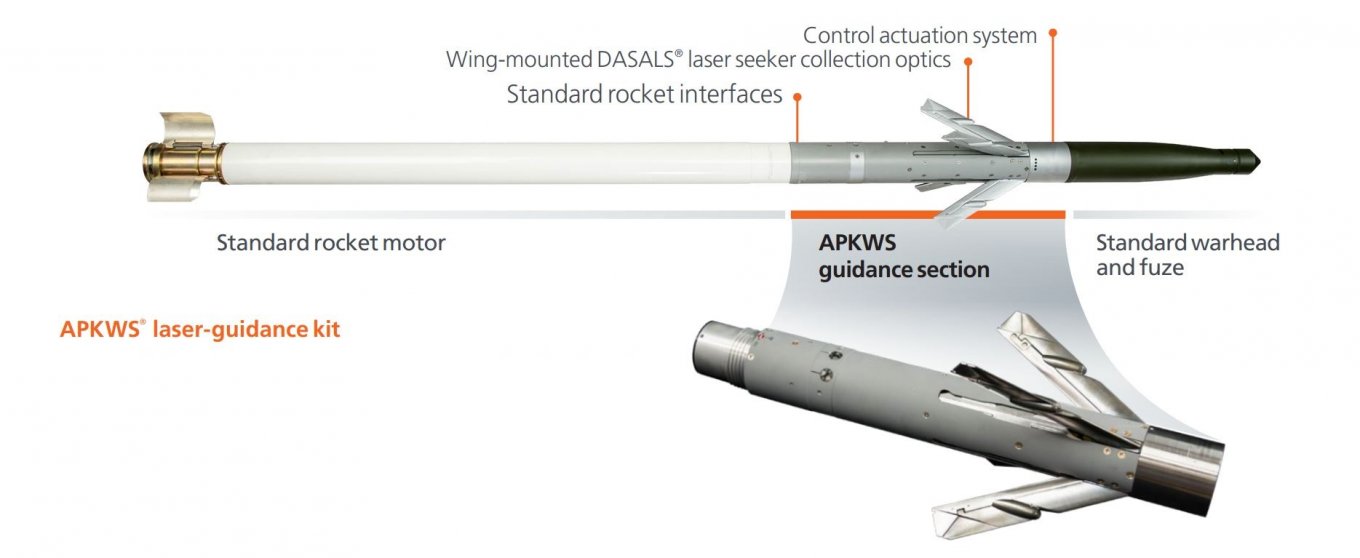
First is that other widely deployed helicopters in service with the Ukrainian Armed Forces – Mi-8 and Mi-17 – apparently turned out incapable to synchronize with the M261 pod since there was no evidence of either of these helicopters seen with the new rockets. Or maybe the reward for development was not worth diverting resources which is another reason.
Second is that the United States already has experience in adapting APKWS for low-speed aircraft. Namely, the project aimed to arm OV-10 Bronco attack aircraft with these rockets, developed during the battles against ISIS on the Iraqi territory under the Combat Dragon program.
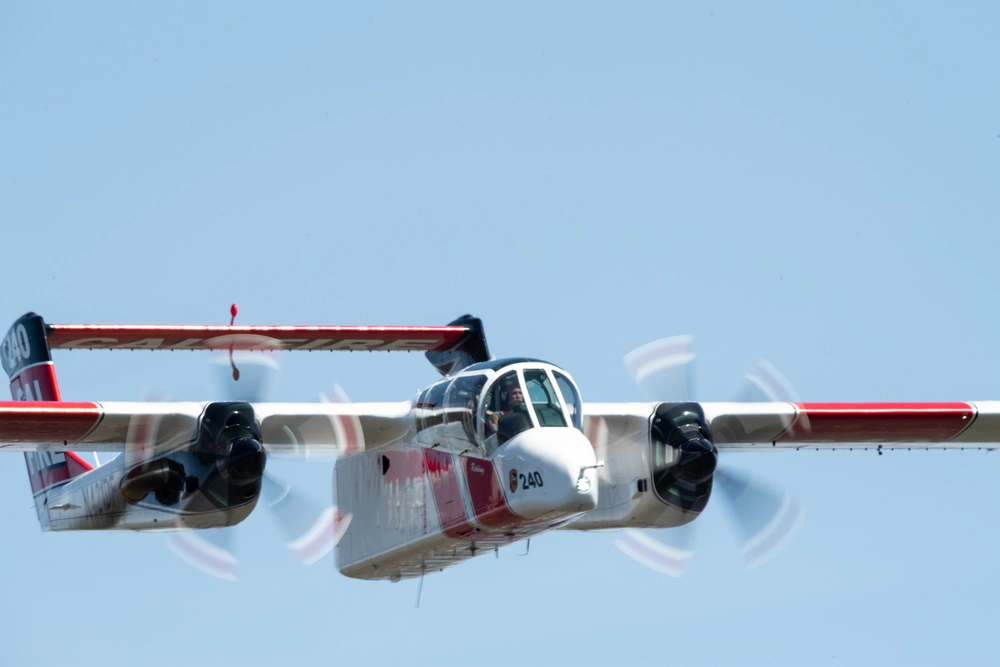
Two OV-10 Bronco in service with American special forces were modernized to carry APKWS and use them in situations when they had to launch a pinpoint strike on the terrorist manpower and light vehicles without collateral damage. Both 19-cell and 8-cell M261 pods were used.
One flight hour of an OV-10 Bronco took only $5,000, there were 120 combat sorties overall under the Combat Dragon. Worth noting, the maximum speed of an OV-10 Bronco is 450 km/h (280 mph), and the combat radius when fully loaded for a combat mission is approximately 360 km (220 miles).
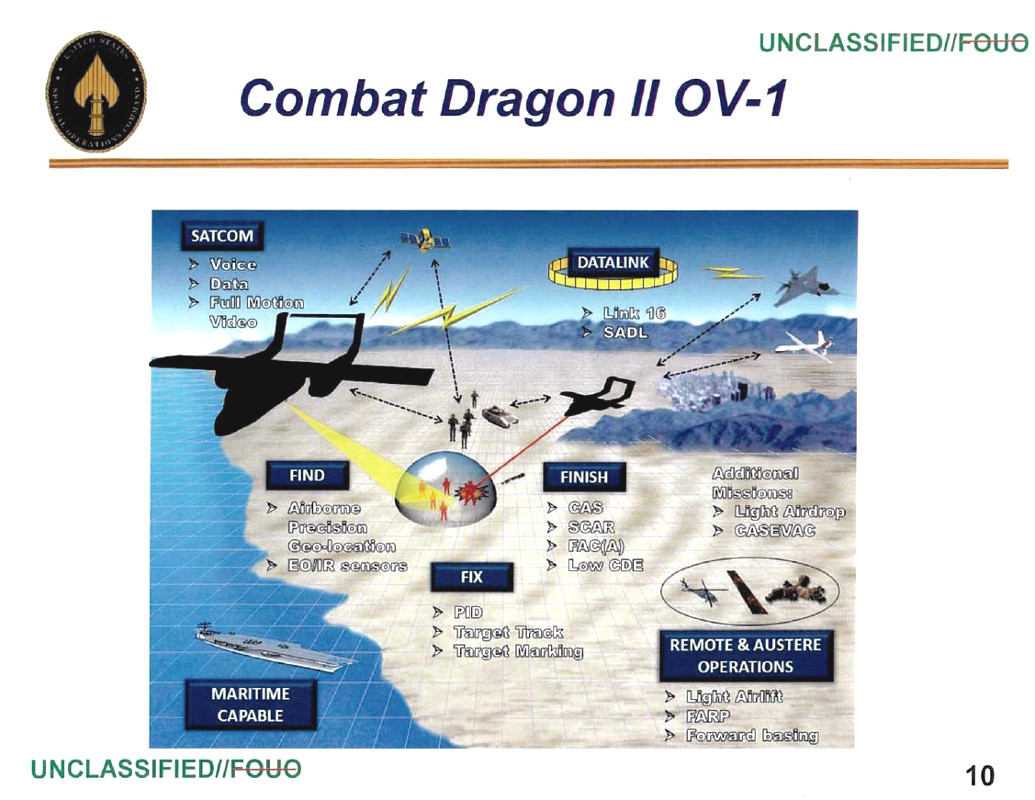
Finally, here's one more reason. The lack of guided weapons is a chronic problem in Ukrainian rotorcraft aviation. While there is still no mass-produced solution for integrating guided arsenal in currently available helicopters, such improvised wartime-born devices can provide a temporary solution. Especially since the Mi-24 specifically may become that very interim rotorcraft between the assets inherited from the Soviet Union and the modern Western choppers that are to become prevailing in the long-term perspective.

Read more: Polish Mi-24 Helicopters Could Have Gone to Ukraine Modernized




